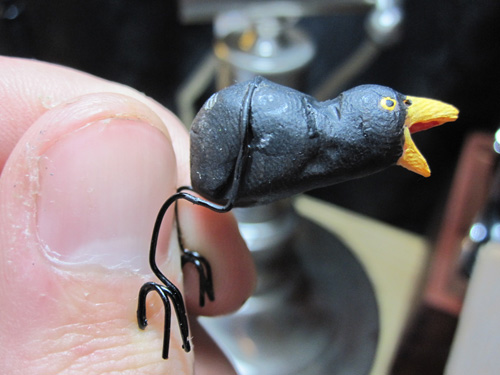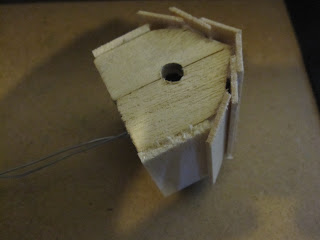Blog Archive
-
▼
2011
(148)
-
▼
May
(39)
- Inspirational 'The Quiet Life'
- 'BirdBox'
- Finished Fauna, Fiddly Flora
- Fiddly Fauna
- More 'Birdbox' Progress
- Even more
- Birdhouse Progress
- Working with Wood
- New Armature Technique
- Number 300
- Presentation Slides
- Evaluation
- Another Audience
- Old School
- How to Teach, Fun-style
- Breakitdown [Update]
- Karina's Project (Production)
- Karina's Project (Referencing)
- Karina's Project (Planning)
- Karina's Project (Animatic)
- Karina's Project
- Francisco Herrera
- Micahel Marsicano
- Caricature Research
- Choi Xooang
- Thinking Ahead
- The Finished Tractor
- Tractor Tussle
- Model Mayhem
- Breakitdown
- Method in the Madness
- Assessment Piece
- Music Test
- Yuk!
- Opener
- Learning Tracing and Progress
- Colour Cards and Progress
- More Progress
- Early Ideas..
-
▼
May
(39)
Popular Posts
-
Just a collection of shot from today's progress on the full-body armature/puppet, have to leave it mid-foaming up for tonight....
-
I first stumbled across this character designer and comic artist when I was given a free book by accident from a book shop. I'm sure gla...
-
Initial layers of standard latex used to build up the detail areas such as eyelids etc Colouring the latex: a good glug of water, plenty of...
-
Looking at a few references of laboratories and mad scientists (very much the movie-versions) And so I've started to add details to ...
-
Well, here it is, the final completed film! If you go to Vimeo , you can watch it in HD. Thank-you to everyone who helped in one wa...
























































